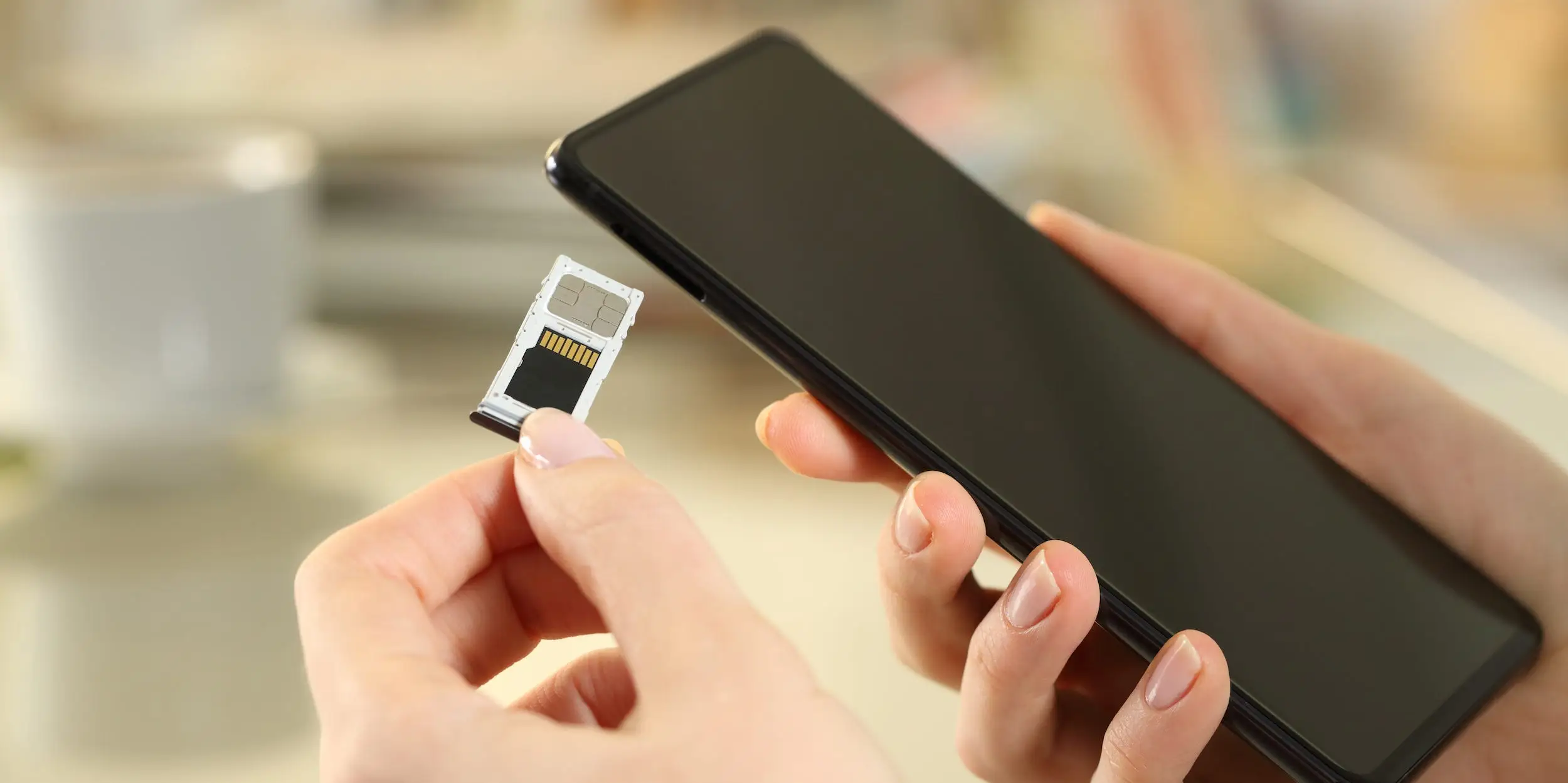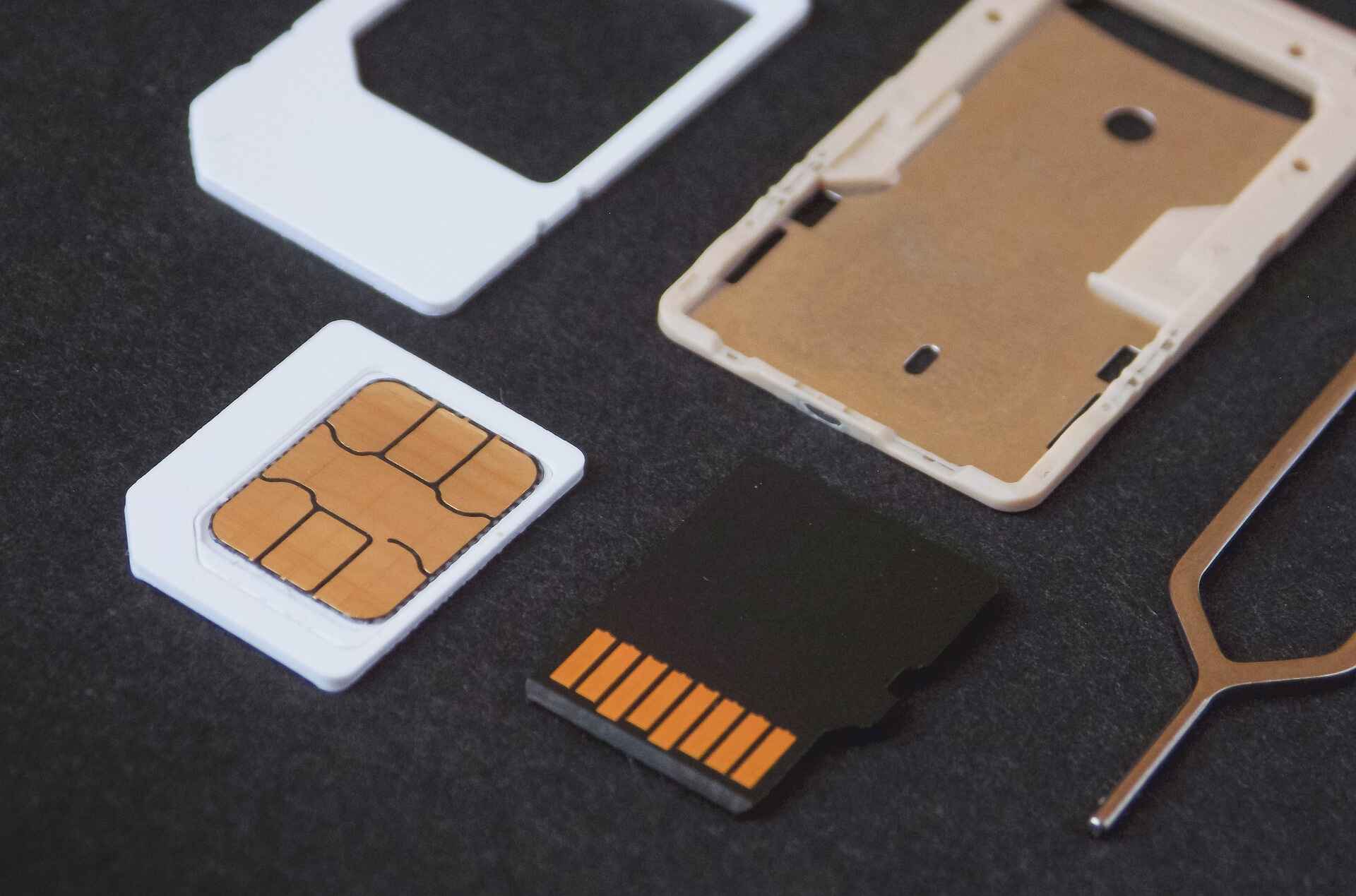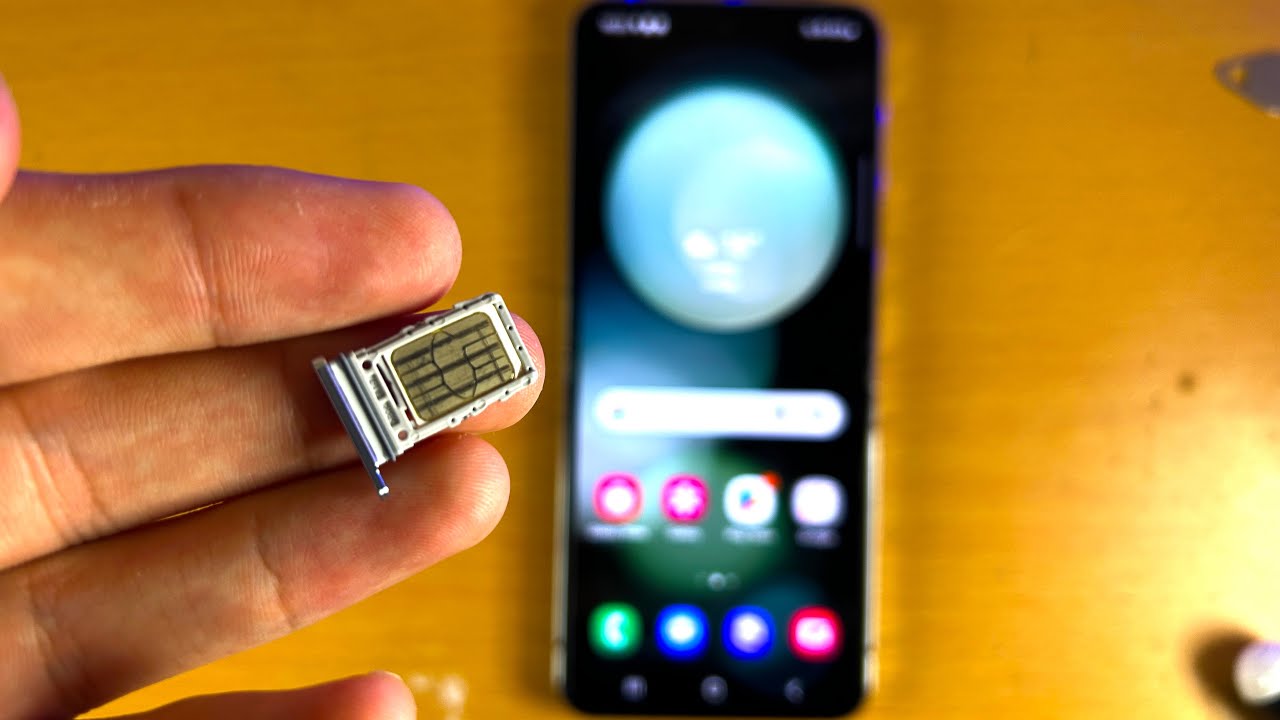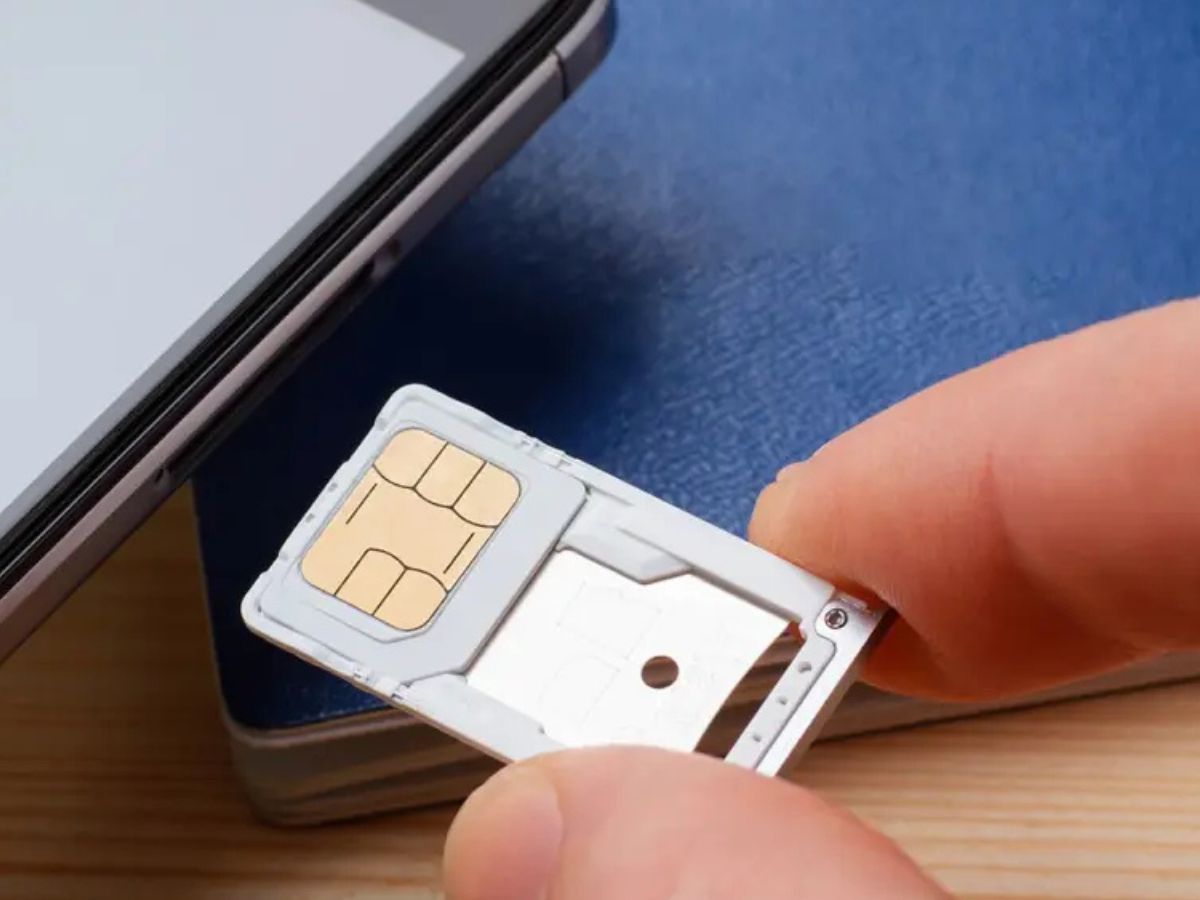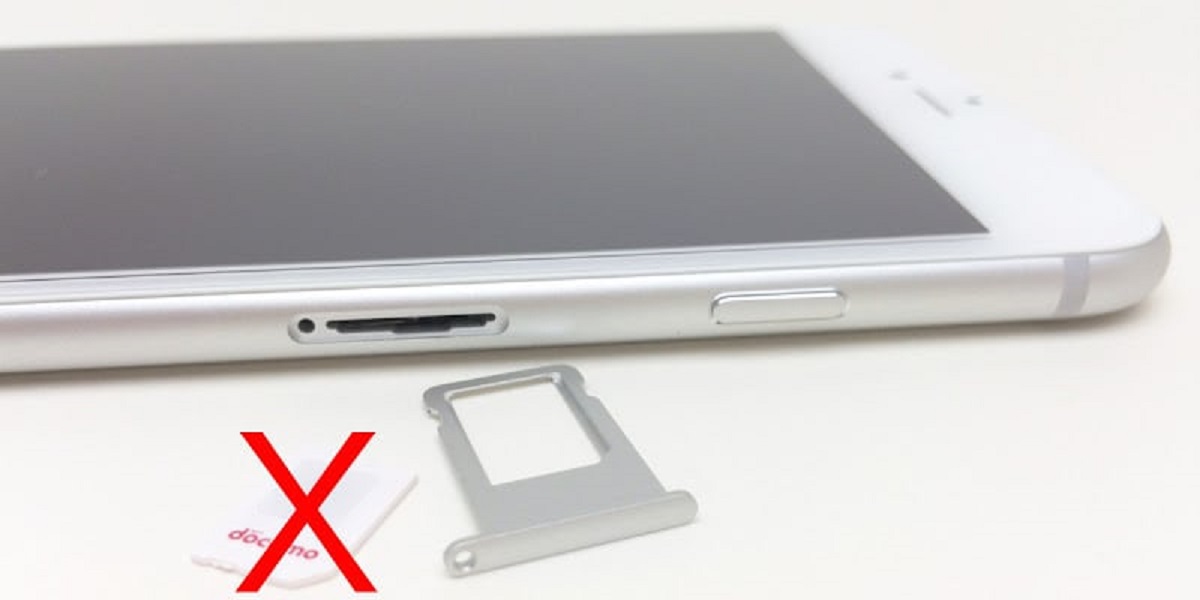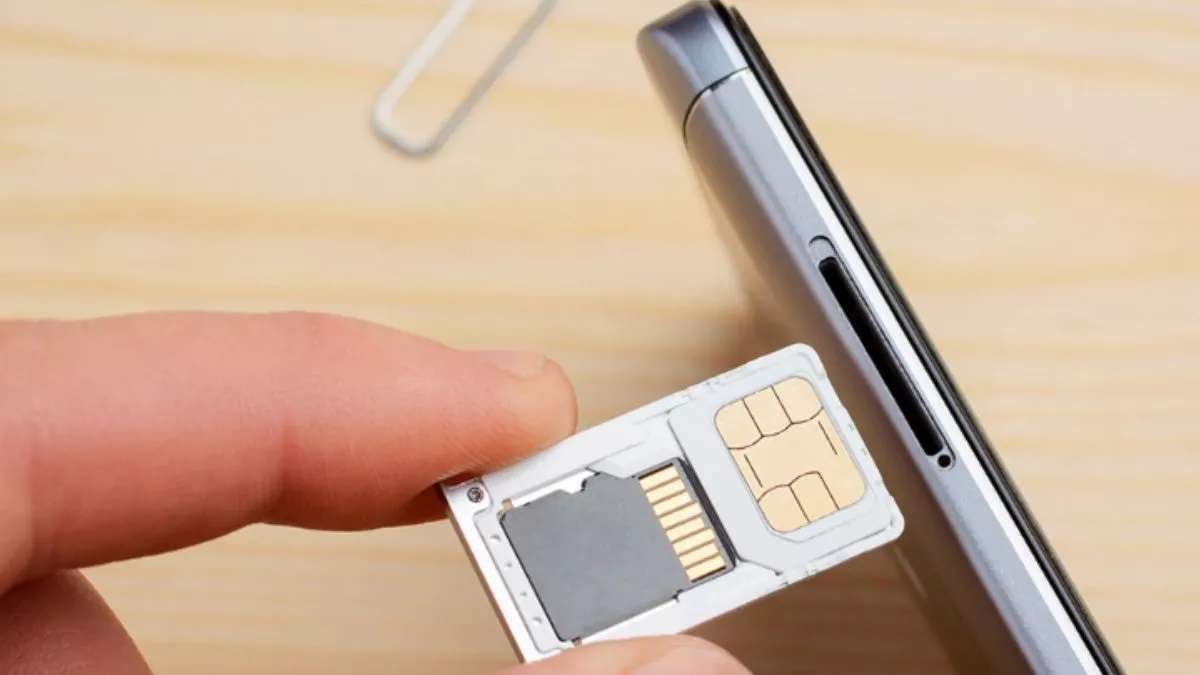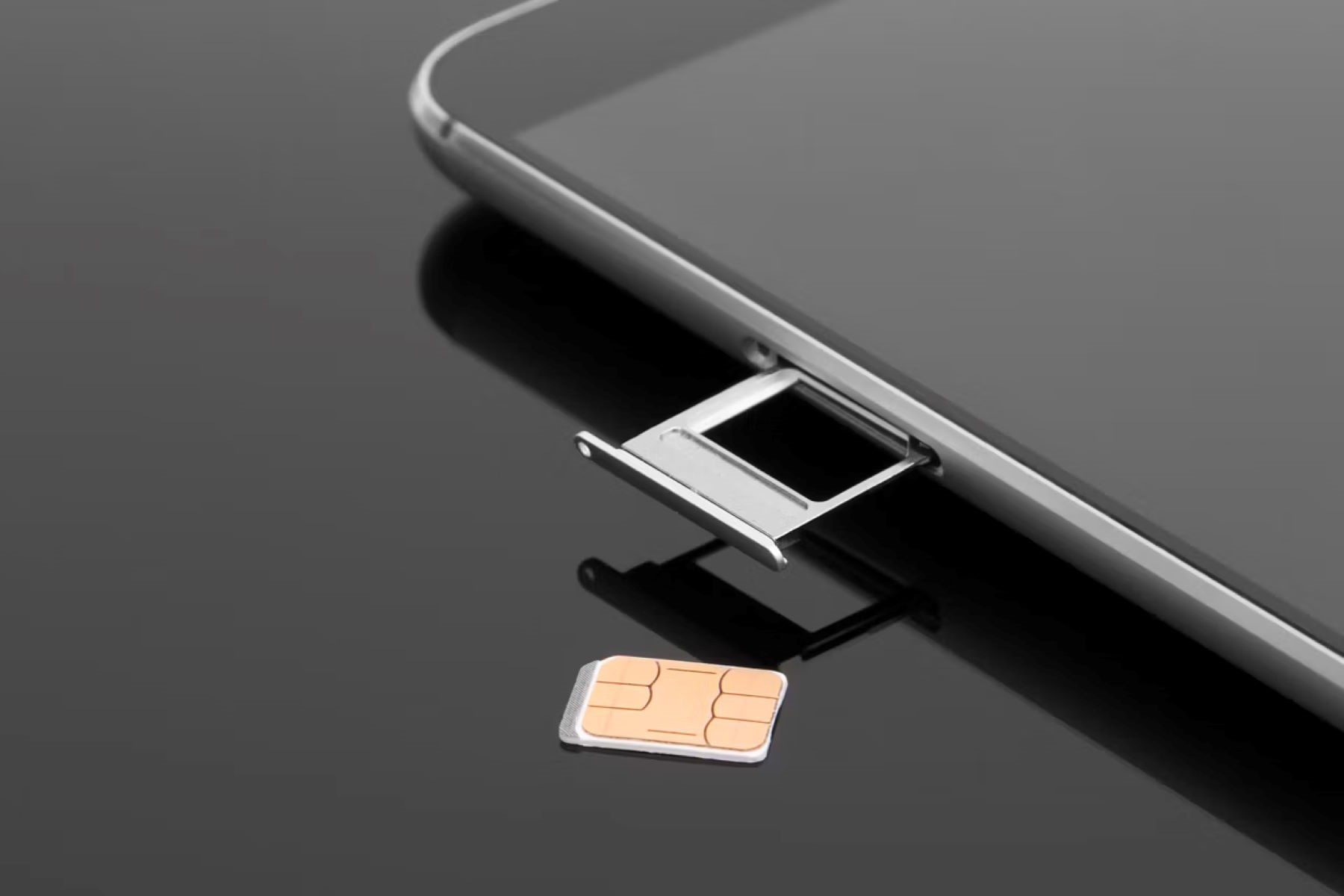Introduction
In today's fast-paced world, mobile devices have become an indispensable part of our lives. From staying connected with loved ones to accessing a wealth of information at our fingertips, smartphones have revolutionized the way we communicate, work, and entertain ourselves. At the heart of every mobile device lies a small yet powerful component known as the Subscriber Identity Module (SIM) card. This tiny, thumbnail-sized chip plays a pivotal role in enabling the seamless functioning of our phones, allowing us to make calls, send text messages, and access mobile data.
The SIM card serves as a unique identifier for a mobile subscriber, providing a secure means of authentication and connectivity to the mobile network. Understanding the functions and capabilities of a SIM card is crucial for maximizing the potential of our mobile devices and ensuring a smooth user experience. In this article, we will delve into the intricacies of SIM cards, exploring their role in facilitating communication, safeguarding data, and enabling mobile connectivity. By unraveling the inner workings of this unassuming yet essential component, we can gain a deeper appreciation for the technology that empowers our modern-day communication devices.
What is a SIM Card?
A SIM card, short for Subscriber Identity Module, is a small, removable chip that is inserted into mobile devices such as smartphones, tablets, and some feature phones. It serves as a unique identifier for the user and the mobile network, allowing the device to connect to the network and make calls, send text messages, and access mobile data. The SIM card contains essential information, including the International Mobile Subscriber Identity (IMSI), which uniquely identifies the subscriber to the mobile network, and the Integrated Circuit Card ID (ICCID), a unique serial number for the SIM card itself.
There are different types of SIM cards, including standard SIM (Mini-SIM), micro-SIM, and nano-SIM, each with varying sizes to fit different devices. The standard SIM card, also known as Mini-SIM, was the original form factor and is now less common, while the micro-SIM and nano-SIM are smaller and used in most modern smartphones and devices.
One of the key functions of a SIM card is to securely store the subscriber's identity and authentication information, ensuring that only authorized users can access the mobile network. This authentication process is crucial for network security and preventing unauthorized usage of mobile services. Additionally, the SIM card also stores contact information, text messages, and other data, serving as a portable storage medium for personal information.
In essence, a SIM card acts as a bridge between the user and the mobile network, enabling seamless communication and connectivity. Its compact size belies its significance in the realm of mobile technology, as it forms the foundation for the myriad of communication and data services that modern mobile devices offer. Understanding the role and capabilities of a SIM card is essential for harnessing the full potential of our mobile devices and ensuring a secure and reliable mobile experience.
How Does a SIM Card Work?
A SIM card operates as a fundamental component in the seamless functioning of mobile devices, facilitating communication, authentication, and connectivity. At its core, the SIM card works by securely storing essential information and providing a means of authentication to enable access to mobile networks.
When a SIM card is inserted into a mobile device, it establishes a connection with the mobile network, allowing the device to identify itself and authenticate the subscriber. The SIM card contains unique identifiers, including the International Mobile Subscriber Identity (IMSI), which is associated with the subscriber's account and serves as a key for accessing the mobile network. This IMSI is transmitted to the network during the registration process, enabling the network to verify the subscriber's identity and grant access to mobile services.
In addition to the IMSI, the SIM card also stores the Ki (Authentication Key), a secret key used for authentication and encryption. When a user attempts to connect to the mobile network, the SIM card and the network engage in a mutual authentication process, where the SIM card proves its identity to the network, and the network verifies its authenticity. This two-way authentication mechanism ensures that only authorized SIM cards can access the network, safeguarding against unauthorized usage and enhancing network security.
Furthermore, the SIM card securely stores the subscriber's mobile phone number, enabling the network to route calls and messages to the correct device. This association between the SIM card and the mobile number allows for seamless communication and ensures that calls and messages are delivered to the intended recipient.
From a technical standpoint, the SIM card contains a microprocessor and memory, allowing it to execute authentication algorithms and store essential data securely. The microprocessor handles the authentication process, while the memory stores the IMSI, authentication key, and other subscriber information. This combination of hardware and software enables the SIM card to perform its crucial functions while maintaining a high level of security.
In essence, the SIM card acts as a secure element within the mobile device, enabling authentication, identification, and communication with the mobile network. Its seamless integration with mobile devices and robust security features make it an indispensable component in the realm of mobile technology, underpinning the reliability and security of mobile communication and data services.
The Role of a SIM Card in Phone Calls
The SIM card plays a pivotal role in enabling phone calls on mobile devices, serving as the linchpin that facilitates seamless communication between callers. When a user initiates a phone call, the SIM card orchestrates a series of intricate processes that culminate in the establishment of a clear and reliable connection.
Upon dialing a phone number, the SIM card springs into action, leveraging its stored information to authenticate the device on the mobile network. The International Mobile Subscriber Identity (IMSI) stored on the SIM card acts as the unique identifier that allows the mobile network to recognize and authenticate the user. This authentication process is essential for ensuring that the user is authorized to access the network and make calls.
Once the authentication is successfully completed, the SIM card provides the necessary information to the mobile network to initiate the call setup process. This includes transmitting the user's mobile phone number, which is associated with the SIM card. The network relies on this information to route the call to the correct device, ensuring that the call reaches the intended recipient without any ambiguity.
As the call setup progresses, the SIM card continues to play a crucial role in maintaining the connection. It manages the encryption and decryption of communication between the mobile device and the network, safeguarding the privacy and security of the call. The Authentication Key (Ki) stored on the SIM card is used to authenticate the device and encrypt the communication, preventing unauthorized interception and ensuring the confidentiality of the conversation.
Throughout the duration of the call, the SIM card remains actively engaged, overseeing the seamless exchange of voice data between the mobile device and the mobile network. Its presence is integral to the continuity and reliability of the call, ensuring that the communication remains stable and uninterrupted.
In essence, the SIM card serves as the cornerstone of phone calls on mobile devices, enabling secure authentication, call setup, and communication encryption. Its intricate involvement in every stage of the calling process underscores its indispensability in the realm of mobile communication, underscoring the pivotal role it plays in shaping the modern communication landscape.
The Role of a SIM Card in Text Messaging
The role of a SIM card extends beyond facilitating phone calls to encompass the realm of text messaging, playing a pivotal role in enabling the seamless exchange of short messages between mobile devices. When a user sends or receives a text message, the SIM card orchestrates a series of intricate processes that underpin the reliability and security of this ubiquitous form of communication.
At the heart of text messaging lies the ability to transmit short messages between mobile devices, allowing users to engage in quick and convenient communication. The SIM card serves as the linchpin that enables this exchange, leveraging its stored information and authentication capabilities to facilitate the seamless flow of text messages.
When a user composes a text message, the SIM card springs into action, leveraging its stored International Mobile Subscriber Identity (IMSI) to authenticate the device on the mobile network. This authentication process is crucial for ensuring that the user is authorized to send and receive text messages, safeguarding against unauthorized access to the network.
Once the authentication is successfully completed, the SIM card provides the necessary information to the mobile network to initiate the transmission of the text message. This includes transmitting the user's mobile phone number, which is associated with the SIM card, enabling the network to route the message to the correct recipient's device.
As the text message is transmitted and received, the SIM card continues to play a crucial role in ensuring the security and confidentiality of the communication. It manages the encryption and decryption of the message data, leveraging the Authentication Key (Ki) stored on the SIM card to authenticate the device and protect the privacy of the message.
Throughout the entire process of sending and receiving text messages, the SIM card remains actively engaged, overseeing the seamless exchange of message data between the mobile device and the mobile network. Its presence is integral to the continuity and reliability of text messaging, ensuring that messages are delivered securely and without interference.
In essence, the SIM card serves as the cornerstone of text messaging on mobile devices, enabling secure authentication, message transmission, and communication encryption. Its intricate involvement in every stage of the messaging process underscores its indispensability in shaping the modern communication landscape, providing users with a reliable and secure platform for exchanging text messages.
The Role of a SIM Card in Mobile Data
The role of a SIM card in mobile data transcends the realm of traditional communication, encompassing the pivotal function of enabling seamless access to the vast expanse of information and services available on the internet. As mobile devices have evolved into multifaceted tools for accessing online content, the SIM card has emerged as a fundamental enabler of mobile data connectivity, empowering users to harness the full potential of the digital landscape.
When a user seeks to access mobile data services, the SIM card serves as the gateway to the internet, leveraging its authentication capabilities to establish a secure and reliable connection to the mobile network. The International Mobile Subscriber Identity (IMSI) stored on the SIM card plays a crucial role in authenticating the user and enabling access to mobile data services, ensuring that only authorized subscribers can tap into the wealth of online resources.
Once the authentication process is successfully completed, the SIM card facilitates the transmission of data between the mobile device and the network, enabling users to browse the web, stream media, access cloud services, and engage with a myriad of online applications. Whether it's checking emails on the go, streaming music, or accessing real-time information, the SIM card underpins the seamless flow of data, ensuring that users can stay connected and informed wherever they are.
Furthermore, the SIM card plays a pivotal role in managing the security and privacy of mobile data transmission. It leverages encryption protocols and authentication mechanisms to safeguard the integrity of data exchanges, protecting users' sensitive information from unauthorized access and interception. This robust security framework, underpinned by the Authentication Key (Ki) stored on the SIM card, ensures that mobile data services are not only accessible but also secure and reliable.
In essence, the SIM card serves as the linchpin of mobile data connectivity, enabling users to tap into the boundless resources of the internet while ensuring the integrity and security of their data exchanges. Its seamless integration with mobile devices and robust security features make it an indispensable component in the realm of mobile technology, empowering users to explore, connect, and engage with the digital world at their fingertips.
Security Features of a SIM Card
The security features of a SIM card are integral to safeguarding the privacy, integrity, and authentication of mobile communications and data services. A SIM card incorporates a robust set of security measures that work in unison to ensure that users can access mobile networks and services with confidence, knowing that their sensitive information is protected from unauthorized access and interception.
One of the primary security features of a SIM card is its ability to authenticate the user and the mobile device on the network. The SIM card stores a unique International Mobile Subscriber Identity (IMSI) that serves as the subscriber's identifier, allowing the mobile network to verify the user's identity and authorize access to network services. This authentication process is crucial for preventing unauthorized usage of mobile services and ensuring that only legitimate subscribers can connect to the network.
Additionally, the SIM card contains an Authentication Key (Ki), a secret key that is used for mutual authentication between the SIM card and the mobile network. This key is essential for verifying the authenticity of the SIM card and the mobile device, establishing a secure communication channel, and encrypting data exchanges. By leveraging the Authentication Key, the SIM card ensures that mobile communications and data transmissions are protected from eavesdropping and unauthorized interception, maintaining the confidentiality and integrity of the user's information.
Furthermore, SIM cards are equipped with tamper-resistant features and mechanisms to protect against unauthorized access and cloning attempts. The physical and logical security measures embedded within the SIM card's hardware and software make it exceedingly difficult for malicious actors to tamper with or replicate the card, enhancing its resilience against unauthorized exploitation.
Moreover, SIM cards are designed to support secure over-the-air updates, enabling mobile operators to remotely manage and update the card's software and security parameters. This capability ensures that SIM cards can receive security patches and updates to mitigate potential vulnerabilities, further fortifying the card's resilience against evolving security threats.
In essence, the security features of a SIM card form a multi-layered defense mechanism that safeguards the user's identity, communication privacy, and data integrity. By incorporating robust authentication, encryption, tamper-resistant design, and remote management capabilities, the SIM card stands as a bastion of security in the realm of mobile technology, empowering users to engage with confidence in the digital landscape.
How to Insert and Remove a SIM Card
Inserting and removing a SIM card from a mobile device is a straightforward yet essential process that allows users to activate their devices on a mobile network or switch between different SIM cards. Whether setting up a new phone or replacing an existing SIM card, understanding the steps involved in inserting and removing a SIM card is crucial for ensuring seamless connectivity and functionality.
Inserting a SIM Card
-
Locate the SIM Card Tray: Most modern smartphones feature a SIM card tray located on the side or top of the device. Some devices may have a removable back cover, under which the SIM card slot is situated.
-
Power Off the Device: Before inserting or removing a SIM card, it is advisable to power off the device to prevent any potential damage to the SIM card or the device itself.
-
Eject the SIM Card Tray: Use a SIM eject tool or a small paperclip to gently press the SIM card tray eject button. The tray will partially protrude from the device, allowing for the insertion or removal of the SIM card.
-
Place the SIM Card: Carefully place the SIM card on the designated area of the SIM card tray, ensuring that the gold contacts on the SIM card align with the corresponding contacts on the tray. For devices with multiple SIM card slots, ensure that the SIM card is placed in the correct slot.
-
Insert the SIM Card Tray: Once the SIM card is positioned on the tray, gently slide the tray back into the device until it is securely in place.
-
Power On the Device: After inserting the SIM card, power on the device and follow any on-screen prompts to activate the SIM card and establish connectivity with the mobile network.
Removing a SIM Card
-
Power Off the Device: As with inserting a SIM card, it is important to power off the device before attempting to remove the SIM card.
-
Eject the SIM Card Tray: Use a SIM eject tool or a small paperclip to gently press the SIM card tray eject button, allowing the tray to partially protrude from the device.
-
Remove the SIM Card: Carefully lift the SIM card from the tray, ensuring a gentle and steady motion to avoid damaging the card or the tray.
-
Reinsert the SIM Card Tray: If not replacing the SIM card with another one, reinsert the empty SIM card tray back into the device.
By following these simple steps, users can confidently insert and remove SIM cards from their mobile devices, enabling them to seamlessly connect to mobile networks and tailor their connectivity to their specific needs.
Conclusion
In conclusion, the Subscriber Identity Module (SIM) card stands as a remarkable testament to the convergence of technology and communication, encapsulating the essence of seamless connectivity, robust security, and ubiquitous accessibility. As we have delved into the functions and capabilities of the SIM card, it becomes evident that this unassuming yet indispensable component forms the bedrock of modern mobile communication and data services.
The SIM card's role in facilitating phone calls, text messaging, and mobile data underscores its versatility and significance in shaping the way we connect and communicate. From authenticating users on the network to ensuring the security and privacy of communication, the SIM card serves as a linchpin that enables seamless and reliable connectivity, empowering users to stay connected and informed in an increasingly digital world.
Moreover, the security features embedded within the SIM card, including robust authentication, encryption, and tamper-resistant design, exemplify its commitment to safeguarding the user's identity and data integrity. By providing a secure conduit for mobile communication and data services, the SIM card engenders confidence and trust, allowing users to engage with the digital landscape with peace of mind.
Furthermore, the process of inserting and removing a SIM card exemplifies the user-friendly and intuitive nature of this technology, ensuring that users can effortlessly tailor their connectivity to their specific needs and preferences.
In essence, the SIM card transcends its physical dimensions to embody a realm of possibilities, enabling users to navigate the digital realm with assurance and reliability. Its unobtrusive presence belies its profound impact on the way we communicate, work, and engage with the world around us.
As we continue to embrace the boundless potential of mobile technology, the SIM card stands as a steadfast companion, empowering us to forge connections, access information, and navigate the digital landscape with confidence and ease. Its enduring legacy as a cornerstone of mobile communication is a testament to its unwavering relevance in an ever-evolving technological landscape.









